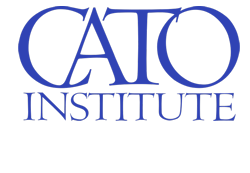Daniel Raisbeck
Daniel Raisbeck
The evidence in Argentina already shows that relaxing controls leads to a massive influx of dollars into the banking system, as would occur under an official dollarization process (whereby a government grants the dollar legal tender or simply allows its use under the free competition of currencies). And yet the currency clamp remains.
Though not explicit, the Milei government seems keen to avoid the experience of former President Mauricio Macri (2015–2019). During his government, a rapid removal of many—but not all—currency and capital controls was combined with deficit spending, which was financed with sovereign debt.
The experiment failed: facing capital flight and an imminent debt default in 2018, Macri turned to the IMF for a USD $57 billion loan, the largest in the fund’s history. In 2019, annual inflation rose beyond 50 percent. When it became clear that Macri would lose that year’s election to Alberto Fernández, a Peronist candidate, capital flight intensified and the currency depreciated by 25 percent against the dollar in a single day. The central bank responded by using USD $13 billion in reserves to defend the peso. Macri then reintroduced a strict version of the currency clamp.
Milei is carrying out the opposite approach: fiscal discipline from day one was combined with a cautious, interventionist exchange rate policy. The strategy has worked thus far and there are expectations of the clamp’s gradual unwinding. But the cost is the current currency lag.
That is, the exchange rate remains controlled, yet consumer prices have risen at a higher rate than the official rate of devaluation. At 2.4 percent, Argentina’s monthly inflation reached a multi-year low, yet the level is still greater than the 2 percent crawling peg, the rate at which the government officially devalues the peso each month. When the rate of devaluation does not match the rate at which consumer prices rise, » Read More
https://www.cato.org/blog/mileis-key-pending-task-ending-argentinas-currency-controls-part-ii






